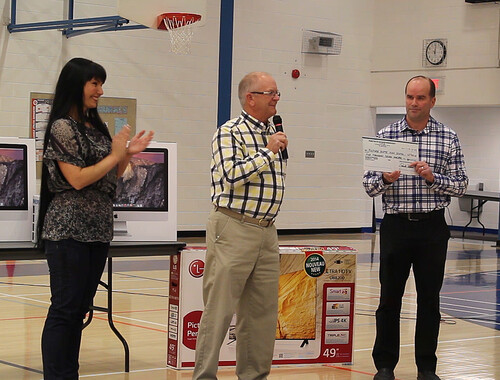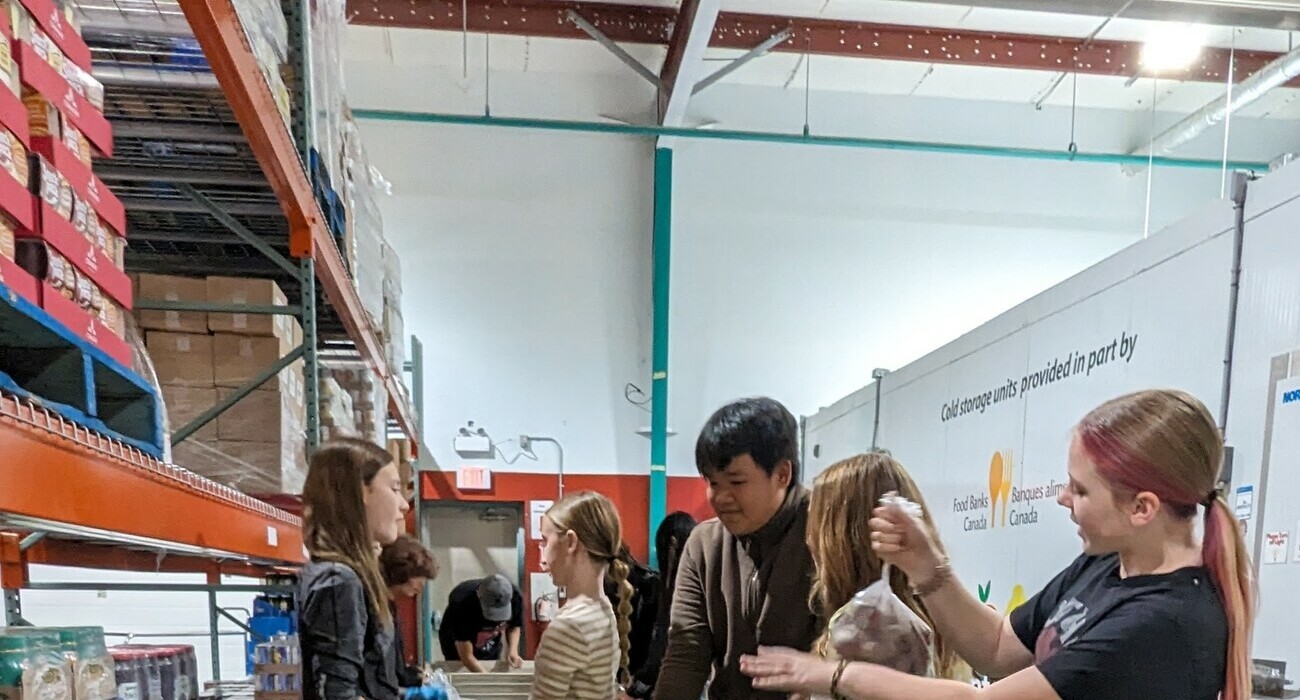
Picture Butte High School students will not only have access to one of the best equipped media labs around, but they’ll have opportunity to document priceless local history in ultra-high definition video thanks to a partnership with the Prairie Tractor and Engine Museum Society and Coyote Flats Pioneer Village.
Principal Mark Lowe said the bulk of the funding for the media lab hardware was part of the modernization of the school, and by holding off making the purchases until now, the school was able to invest in the very latest technology. Two 4K cameras, which are the next step in high definition recording, were purchased thanks to a federal grant through the museum society, kicking off a partnership between the high school, the museum and the University of Lethbridge’s new Centre for Oral History and Tradition.
“We’re really excited with the partnerships we’ve formed,” Lowe said. “We’re able to get into the community. We’re starting to connect with the community.”
Kimberly Lyall, project manager with Coyote Flats, and Ron Svanes, vice-president of the society that operates the pioneer village, were special guests at the school Tuesday morning, as they presented a cheque for $5,700.
“What we’re asking is for you guys to take this media class, to come out to Coyote Flats,” Lyall told students at the launch assembly. “Interview the people who belonged to the clothing or who lived in those buildings.
“I think it’s an exciting partnership. I’m exciting to see what you create.”
As part of the media program, Lowe said the school will provide a community service to convert older formats of media into digital files. For a nominal fee, old video tapes, even Beta, 8- or 16-millimetre films can be converted to digital media, saving old memories from obscurity.
The program launch occurred in front of cheering students and staff and against a backdrop of brand new Mac computers for video editing and a massive LG screen, purchased as part of the high school’s modernization project.
Lowe said the school can now offer Career and Technologies Studies (CTS) media courses, giving students a chance to earn 10 to 20 high school credits depending on the projects students do.
The museum society is also providing an opportunity for meaningful work for media students.
Lyall said the money for recording equipment is thanks to a New Horizons for Seniors federal grant, the goal being to capture their stories about Picture Butte history on video and preserve them for future generations. History students from the U of L will provide guidance on how to interview people. PBHS students, under Lowe’s guidance, will handle all aspects of production from taping, to sound and video editing through to delivery of a finished product.
Lyall said the captured stories will be shared with the Galt Museum and Archives and will enhance the program already offered at Coyote Flats Pioneer Village. The society hopes recordings of these oral histories can become part of a walking tour of the village, to tell the stories of the people behind the displays.
“All of us have a story to tell,” she said.
Svanes, who has been a volunteer with the society for many years, said the museum has come a long way from its beginnings as a centre to showcase vintage tractors. The society has done an excellent job of collecting artifacts from Picture Butte and area history, including the buildings and tractors at Coyote Flats. This new project will give a human face to those objects through the stories of people who experienced history first hand.
“We’re losing a lot of people who had a lot of history that we’ve never talked with,” Svames said. “We needed the enthusiasm of youth to do this.”
He said he hopes this media project will engage a next generation of interest in the region’s history.
“I know at that age, I wasn’t that interested in local history,” but the digital media production could be a hook for engagement, Svanes sai

